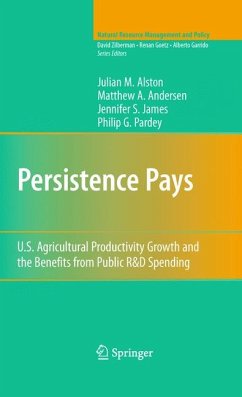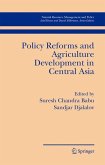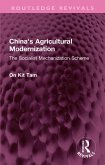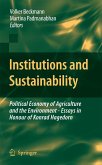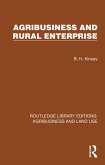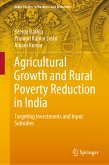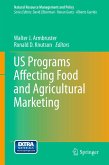This book documents the evolving path of U.S. agriculture in the 20th Century and the role of public R&D in that evolution. The work begins with a detailed quantitative assessment of the shifting patterns of production among the states and over time and of the public institutions and investments in agricultural R&D. Then, based on newly constructed sets of panel data, some of which span the entire 20th Century and more, the authors present new econometric evidence linking state-specific agricultural productivity measures to federal and state government investments in agricultural research and extension. The results show that the time lags between R&D spending and its effects on productivity are longer than commonly found or assumed in the prior published work. Also, the spillover effects of R&D among states are important, such that the national net benefits from a state's agricultural research investments are much greater than own-state net benefits. The main findings are consistent across a wide range of reasonable model specifications. In sum, the benefits from past public investments in agricultural research have been worth many times more than the costs, a significant share of the benefits accrue as spillovers, and the research lags are very long. An accelerated investment in public agricultural R&D is warranted by the high returns to the nation, and may be necessary to revitalize U.S. agricultural productivity growth even though the benefits may not be visible for many years.
Julian M. Alston is Professor in the Department of Agricultural and Resource Economics and Director of the Robert Mondavi Institute Center for Wine Economics at the University of California, Davis and Associate Director for Science and Technology at the University of California Agricultural Issues Center
Matthew A. Andersen is Assistant Professor in the Department of Agricultural and Applied Economics at the University of Wyoming
Jennifer S.James is Associate Professor in the Department of Agribusiness at California Polytechnic State University, San Luis Obispo
Philip G. Pardey is Professor in the Department of Applied Economics and Director of the International Science and Technology Practice and Policy (InSTePP) Center at the University of Minnesota
Dieser Download kann aus rechtlichen Gründen nur mit Rechnungsadresse in A, B, BG, CY, CZ, D, DK, EW, E, FIN, F, GR, HR, H, IRL, I, LT, L, LR, M, NL, PL, P, R, S, SLO, SK ausgeliefert werden.

